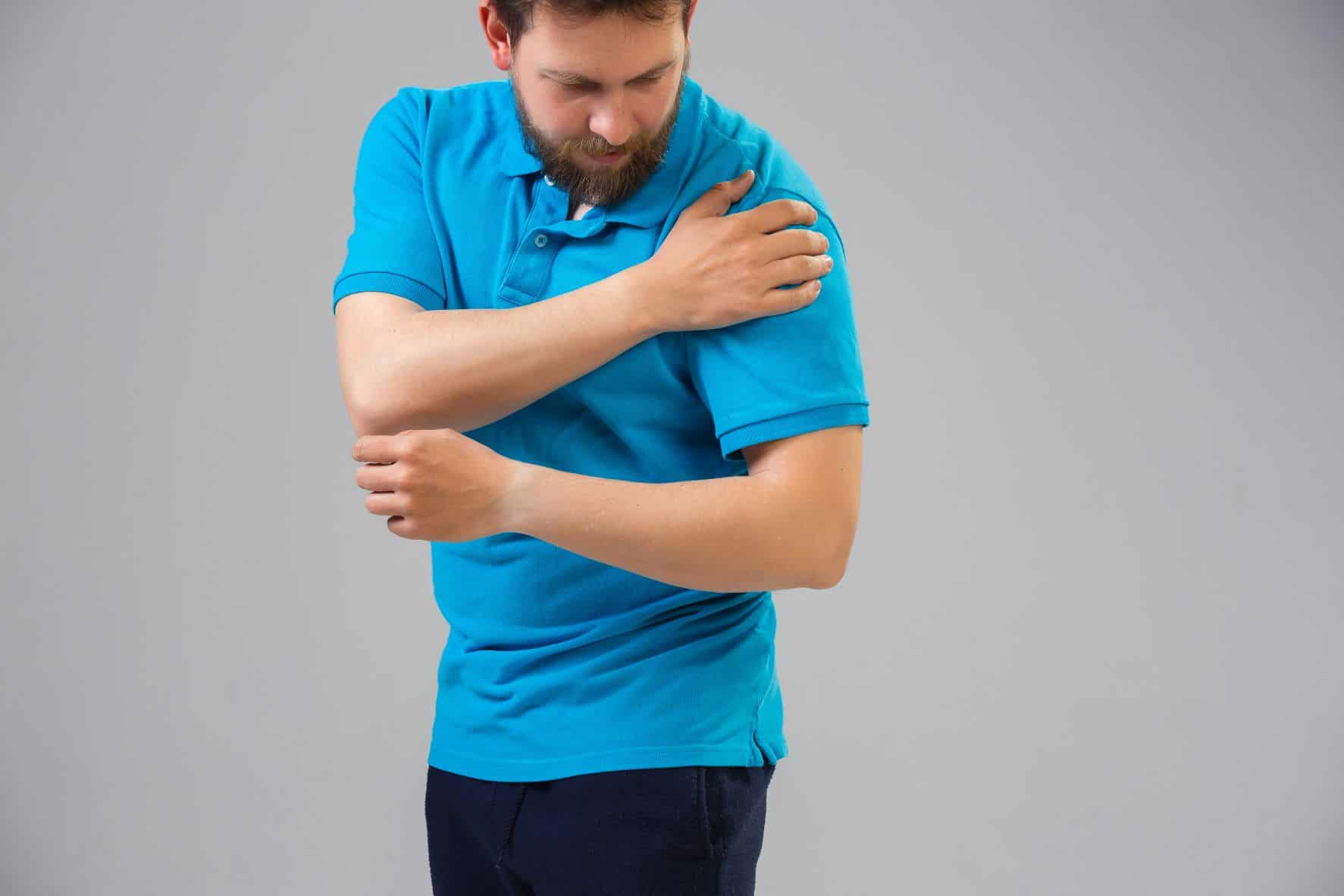Rotator Cuff Tear: Rehab Pilates

The shoulder joint is a highly mobile joint. It is biased against stability to allow for multiple functional movements in our daily life. However, this mobility also makes it prone to injuries and dysfunctions due to repeated actions or trauma. One of the most common injuries is a rotator cuff tear. In this blog we look at what is the rotator cuff and how a rotator cuff tear led to a frozen shoulder.
What is the Rotator Cuff?
Rotator cuff muscles are set of four muscles that encapsulate the shoulder mainly around the head of the humerus- to form a cuff like support around the ball of the ball and socket joint. It includes the supraspinatus, subscapularis, infraspinatus, and teres minor. These muscles not only aid in abduction, and are responsible for rotation of the shoulder but also play an important role as stabilizers. The main function of the rotator cuff is to control the position of the head of the humerus during static and dynamic postures. This is known as centering of the head in its socket.
There is a lubricating sac called a bursa between the rotator cuff and the bone on top of the shoulder (acromion). The bursa allows the rotator cuff tendons to glide freely when you move your arm. When the rotator cuff tendons are injured or damaged, this bursa can also become inflamed and painful.
Why are rotator cuff injuries common?
There are two main causes for rotator cuff tears: trauma/injury or wear and tear.
If you fall with an outstretched arms or lift something heavy overhead with a jerk, it can cause an acute tear in the rotator cuff. However, more tears are result of degeneration of the tendons or due to repetitive use. It is most common in the dominant hand.
People who do repetitive lifting or overhead activities are also at risk for rotator cuff tears. Athletes are especially vulnerable to overuse tears, particularly tennis players and baseball pitchers. Painters, carpenters, and others who do overhead work also have a greater chance for tears.
Frozen shoulder due to rotator cuff injury
Radhika Kale came to Moushu’s Pilates with a frozen left shoulder. A frozen shoulder or adhesive capsulitis is often caused by inflammation in the capsule, the tissues surrounding the joint. In her case, the MRI showed a fluid-filled and distended subcoracoid bursa (the slippery sac between synovial joints that prevent friction) and an indication of rotator cuff tear injury.
She had first experienced the pain after a few sessions of aerial yoga. Radhika also has hypermobility. The injury could have occurred while going beyond the normal range of movement of the joint in certain activity. In the beginning, the pain was extremely high, and she was recommended a sling to offload the muscles. This allowed the body to commence it’s healing process.
After using the sling and icing the shoulder for a few weeks, her pain levels went down. This is when we began her Rehab Pilates program. We first worked on mobilizing the rotator cuff again. There was lot of emphasis on finding her neutral.
We then progressed to alignment. Centering the humerus head in shoulder socket at different angles was important to prevent future injuries. Moving from open chain to closed chain, we introduced proprioceptive work to help her start loading the joint correctly again.
Then we progressed to scapular mobility and finally to strengthening the joint. Her shoulder is in much better shape now. Radhika continues her Pilates journey working on her strength and endurance levels. Check out the video below for Radhika’s rehab program.
Conclusion
Whatever our occupation, there are some occupational hazards. Using one joint repeatedly can lead to wear and tear, and so can injuries. But there is always a way to prevent extreme injuries by strengthening our smaller muscles which are ignored by other forms of exercise. Pilates can help you work on these finer parts of our body and keep them functioning to their optimum.
Try a Pilates session now.
